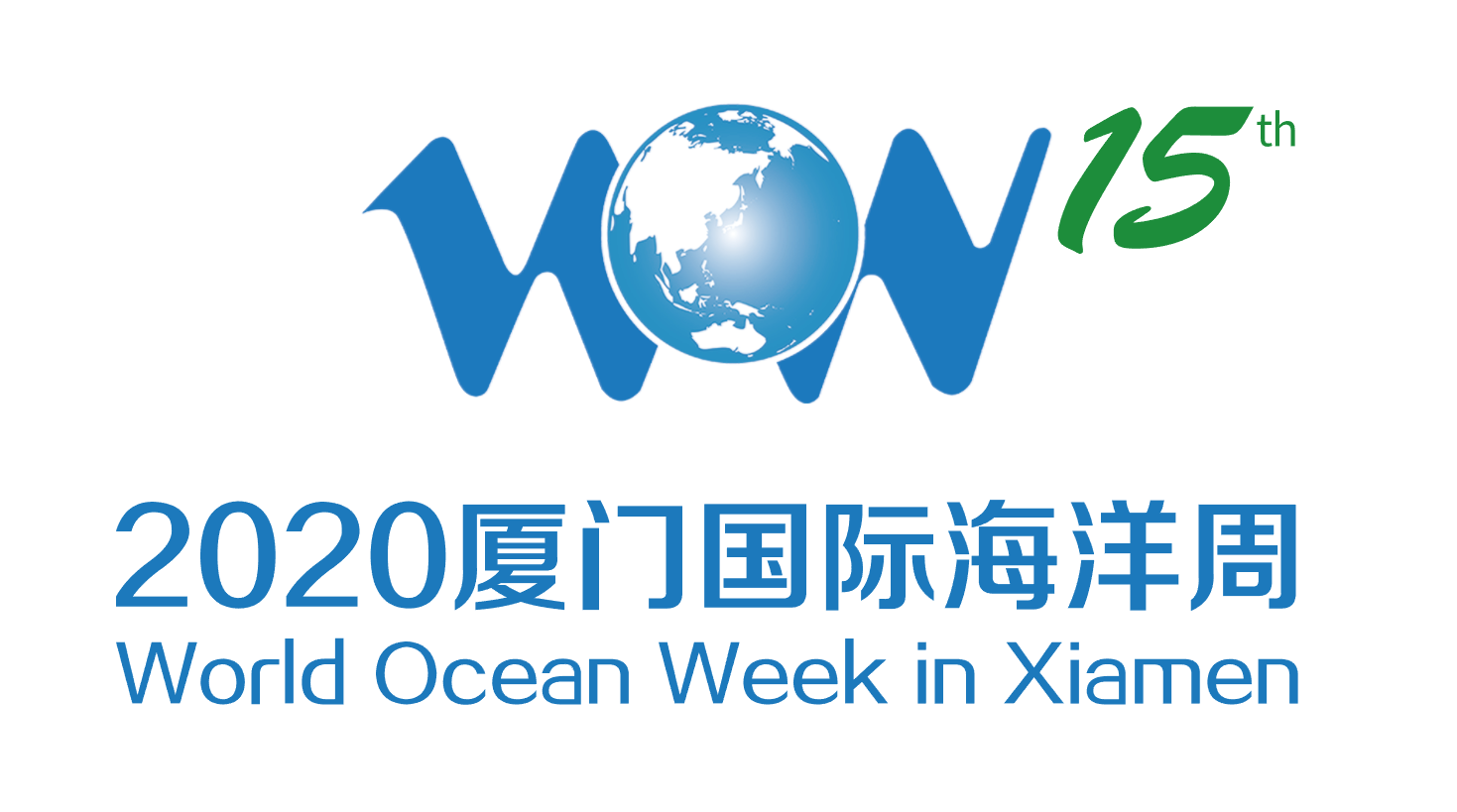Environmental issues
In recent decades, China has suffered from severe environmental deterioration and pollution. While regulations such as the 1979 Environmental Protection Law are fairly stringent, they are poorly enforced, as they are frequently disregarded by local communities and government officials in favour of rapid economic development. Urban air pollution is a severe health issue in the country; the World Bank estimated in 2013 that 16 of the world's 20 most-polluted cities are located in China. China is the world's largest carbon dioxide emitter. The country also has water problems. Roughly 298 million Chinese in rural areas do not have access to safe drinking water, and 40% of China's rivers had been polluted by industrial and agricultural waste by late 2011. This crisis is compounded by increasingly severe water shortages, particularly in the north-east of the country.
However, China is the world's leading investor in renewable energy commercialization, with $52 billion invested in 2011 alone; it is a major manufacturer of renewable energy technologies and invests heavily in local-scale renewable energy projects. By 2009, over 17% of China's energy was derived from renewable sources – most notablyhydroelectric power plants, of which China has a total installed capacity of 197 GW. In 2011, the Chinese government announced plans to invest four trillion yuan (US$618.55 billion) in water infrastructure and desalination projects over a ten-year period, and to complete construction of a flood prevention and anti-drought system by 2020. In 2013, China began a five-year, US$277-billion effort to reduce air pollution, particularly in the north of the country.



 闽公网安备 35020302000788号
闽公网安备 35020302000788号